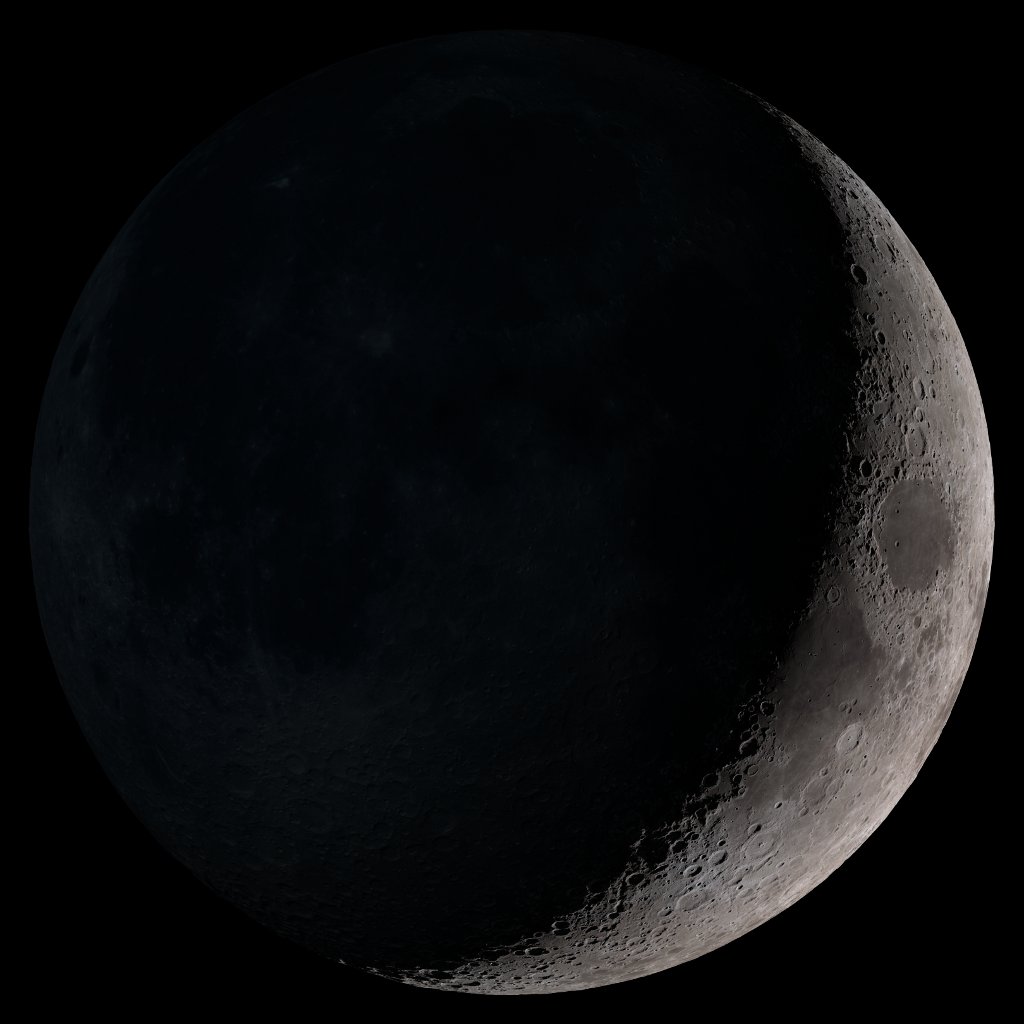Every Moon of 2015
The moon always keeps the same face to us, but not exactly the same face. Over the course of a month, the amount of sunlight that illuminates its visible surface changes as it orbits our planet. This results in the different phases of the moon seen from Earth. Every 29.5 days, the moon’s complexion cycles between being completely dark and fully lit. Names like new moon, full moon, waxing crescent and waning gibbous describe its appearance at each stage of this cycle. The tilt and shape of the moon’s orbit also alter the angle from which we view its cratered disc and our perception of its size in the night sky. When the moon’s motions over a year are compressed into minutes, it appears to wobble—a feature called libration—and grow or shrink over time. Watch the video to see how the moon will look from the Northern Hemisphere for every day of 2015.

See how the moon will look on each day of the year.
The moon's phase at hourly intervals is shown in this visualization.

The waxing crescent moon (above) is visible toward the southwest in the early evening.

The waxing gibbous moon (above) appears to the southeast in the early evening. It is visible for most of the night.

The full moon (above) rises at sunset and appears high in the sky around midnight. It is visible all night.

The waning gibbous moon (above) rises after sunset and appears high in the sky after midnight. It is visible to the southwest after sunrise.

The waning crescent moon (above) is visible low to the east before sunrise.
Credits
Please give credit for this item to:
NASA's Scientific Visualization Studio
-
Scientists
- John Keller (NASA/GSFC)
- Noah Petro (NASA/GSFC)
-
Animator
- Ernie Wright (USRA)
-
Producer
- Katrina Jackson (ARTS)
-
Writer
- Ernie Wright (USRA)
Release date
This page was originally published on Thursday, January 1, 2015.
This page was last updated on Wednesday, May 3, 2023 at 1:50 PM EDT.

